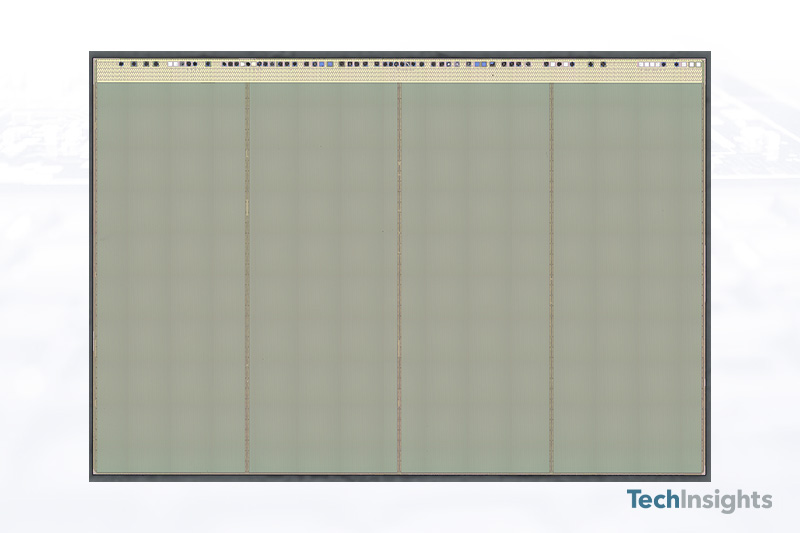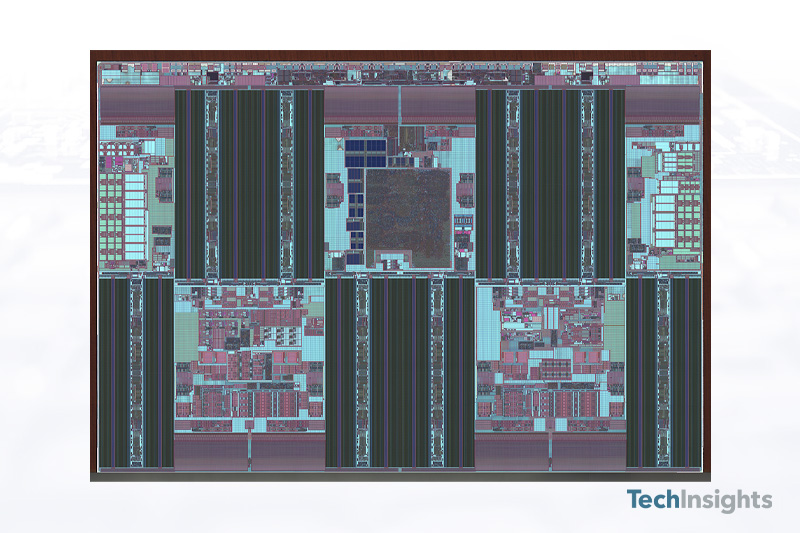I know that at the very least, I've seen refurbished components being cleaned and tested to ASML GSA specifications which is based around EUV. I don't believe that any EUV equipment is EOL. Not my department but I did do some custom instrument buildouts for them and know most of their processes.third party service companies are usually only brought in after the tool is end-of-life. At that stage of the product life, the original WFE supplier will usually provide manuals or training for a smooth hand-off. But in the scenario we are talking about, no way the WFE supplier will train anyone to service systems in China while the actual product is still "active" in the product life cycle. It would become quite a dilemma for the fab to decide if they want to risk a third party company coming in and damaged a $80M or more system further. I don't think third party would willing to take a risk either.
Laser is actually paid for by use. So when it's near end of life, Cymer or Gigaphoton will come to replace it. Optics do degrade and would impact the efficiency of the system but can be in use for a long time.
Also, for most vacuum chamber tools at the very least, you have some universal principles in cleaning specification, chamber coatings, and how to refurbish major components. You also have interchangeable parts on many wear components, even multiple suppliers on one part.
The other thing is, for many major 3rd party service and parts OEM companies, you can contract for a special project. Instead of technicians coming out for routine repairs, an engineering or even R&D team can figure out for you how to keep your system running and what parts to provide. You'd be surprised what you can get on the open market. 3rd party suppliers aren't small fly by night operations either, many are billion+ companies that also act to supply the major integrators with components.


